Artist Spotlight, History Of Comics
10 Most Influential Comic Book Artists Part 1
by Joshua H. Stulman
This week Brooklyn Comic Shop debuts our Top Ten list for “Most Influential Comic Book Artist.” This was a tough one because not only was the quality of the artwork considered, but also the body of work produced by each artist and their impression on other artists. Their impact on the industry as a whole was also considered.
The genre is specific to Science Fiction and covers traditional American comics. The genres of Manga, Humor Cartoon, and Independent Comix were excluded because they are so broad that they deserve a separate “Top Ten” list.
There are many artists that should be on an expanded list. Artists like Todd McFarlane or Will Eisner were close to being included. Through whittling down the list, I tried to imagine the ramifications of the comic book industry without any particular artist. So as it stands, the list below is not a top ten “Favorite Artists” but rather a list of comic book artists that shaped the very nature of the industry through their artwork.
10) Alex Ross
Alex Ross (b. 1970) is considered by many to be the greatest comic book painter in the industry. His break out work on Marvels mini-series quickly gained the attention of comic fans, only to be astonished by his work on DC’s Kingdom Come series. He is noted for his use of natural light and realism achieved through his close reference to photography. Ross’s work also reveals a deep reverence for both art history and illustration history and often includes homages to both. His artwork has influenced the modern age of comic painters like J.G. Jones and Lee Bremejo, as well as illustrators like Steve Epting and John Cassaday. His work has consistently earned industry awards over the past 25 years and has been honored in museums and galleries across the world.
9) Jim Lee
Jim Lee (b. 1964) is perhaps the busiest man in comics today. His first notable works appeared on Marvel’s Alpha Flight in the late 1980’s. Through editor Carl Potts, Lee landed the art assignment for Punisher: War Journal. After a little more than a year later, Lee was soon working on Uncanny X-Men with outstanding fan praise. He introduced the character, Gambit. Lee’s popularity was so strong that Marvel gave him his own X-Men solo line whose premier issue became the highest selling comic of all time. Lee redesigned the X-Men’s costumes which became both the template for the 1992 cartoon series but also the driving artstyle for much of the 90’s. In 1992, Lee was one of the founding members that formed Image Comics. He became editor of his own line of comics under his Wildstorm imprint, hiring many young talent like J. Scott Campbell, Alex Garner, and Brett Booth to name a few. By the end of the 90’s, Lee sold Wildstorm to DC and in turn began a long association with Batman after illustrating the “Hush” storyline. In 2010, Lee began serving as co-Publisher of DC Comics that lead to a major restructuring of DC’s continuity called “The New 52.” The New 52 structuring gave DC a blueprint for their multi-media and cinema expansion. Lee’s artstyle, which fuses traditional comic art with anime influences, has become the house style for DC Comics of the past decade and continues to inspire new talent.
8) Frank Miller
Frank Miller (b.1951) is one of the greatest driving voices in comics of the last 30 years. As both writer and artist he has garnered both acclaim and resentment for his comic work. He is the champion of the quintessential anti-hero noted by his work on Wolverine, The Dark Knight Returns, and his long run on Daredevil. He popularized manga influence in American comics through his work on Ronin and his re-printing of Lone Wolf and Cub for an American audience. His work on both Daredevil and Batman redefined both characters for the gritty 1980’s. He provided “Year One” origin stories for both which have become iconic in the eyes of fans. His comic work has been the driving influence for Netflix’s Daredevil series, Gotham TV series, and Batman vs Superman: Dawn of Justice. His independent series, Sin City, redefined the Noir genre for the modern era and spawned two movie adaptions as well as his Spartan military drama, 300. His infusion of political and social critique in comics (along with others) raised the maturity of comics and earned the industry high recognition in popular culture.
7) Neal Adams
Neal Adams (b.1941) is the most widely recognized influence on the look of modern comics. His groundbreaking art-style fused dynamic figures with photo-referencing that brought a new realism to comics in the late 1960’s. His exciting panel layouts and use of splash pages helped influence how artists thought about sequential storytelling. Adams’s popularity was immediate with fans. This allowed him to brazenly work for both DC and Marvel at the same time without adopting a pseudonym, as well as negotiate for the return of original artwork for artists. His continued fame due to the success of his re-defining work on both Green Arrow and Batman (with Dennis O’Neil), allowed him steer public opinion in favor of creator rights in the industry. He was a vocal champion for Superman creators’ Jerry Siegel and Joe Shuster. Politically conscious, Adams’ comic work was the first at DC to address the Environment/ Pollution, Racism, Native American rights, and drug abuse. Along with fellow inker, Dick Giordano, Adams opened Continuity Studios, which trained and hired a whole generation of comic artists too numerous to name. Many famous comic artists who did not train first hand under Adams, attribute his art-style as a driving influence including John Byrne, George Perez, Brian Bolland and Todd McFarlane.
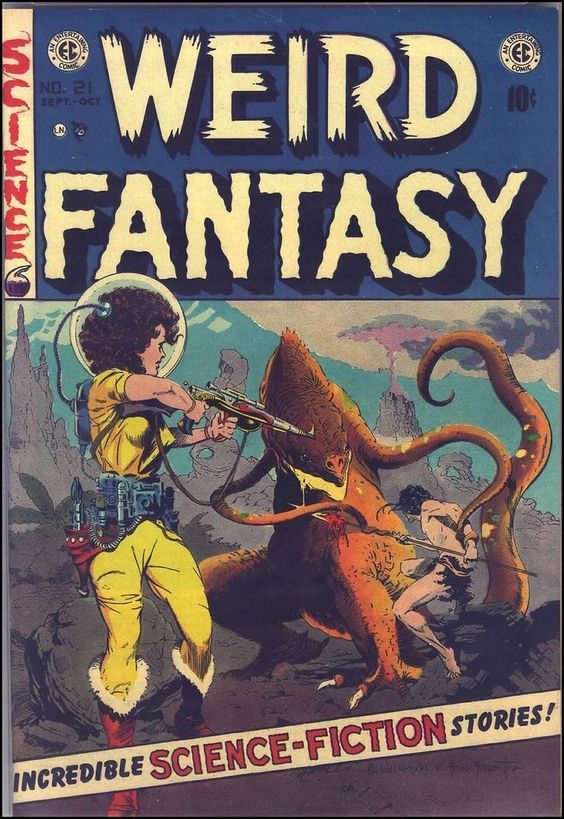
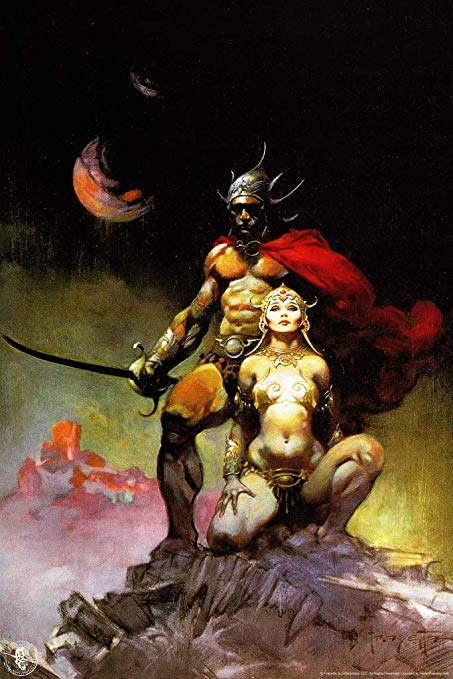
6) Frank Frazetta
Frank Frazetta (1928-2010) is owed a debt of gratitude for transforming and popularizing the Fantasy genre. Beginning as a comic artist, Frazetta’s style added a realistic tone to his figures with keen attention to drapery and shadow. He quickly established himself as one of the first cover artists with his illustrations for Buck Rogers in Famous Funnies and later for EC. However it is his career defining work on a series of painted covers for Lancer Publishing’s paperback Conan editions of the mid 1960’s that cemented his reputation. These paintings directly inspired Roy Thomas at Marvel to pursue the Conan license, whose anti-hero attitude marked a shift in comics that many credit with the end of the “Silver Age”. Frazetta’s fantasy paintings came in high demand for publisher Warren, who used Frazetta’s work to debut Vampirella, as well as revive the horror genre in comics. This contributed to further amending the Comics Code for modern times. Frazetta’s fantasy paintings of Vikings, Space princesses, and mythical beasts have inspired the Heavy Metal music genre, film industry (Star Wars), as well as modern barbarian fantasy TV series like Game of Thrones and Vikings. Frazetta inspired a litany of fantasy painters and whose style remains the dominant expression for the Fantasy genre.
Well this rounds out 10 to 6. Check out Part 2 for our Top 5. Who would you put in these spots. Can you guess who #1 is?
Joshua H. Stulman
Owner, BrooklynComicShop

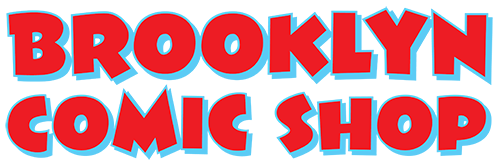
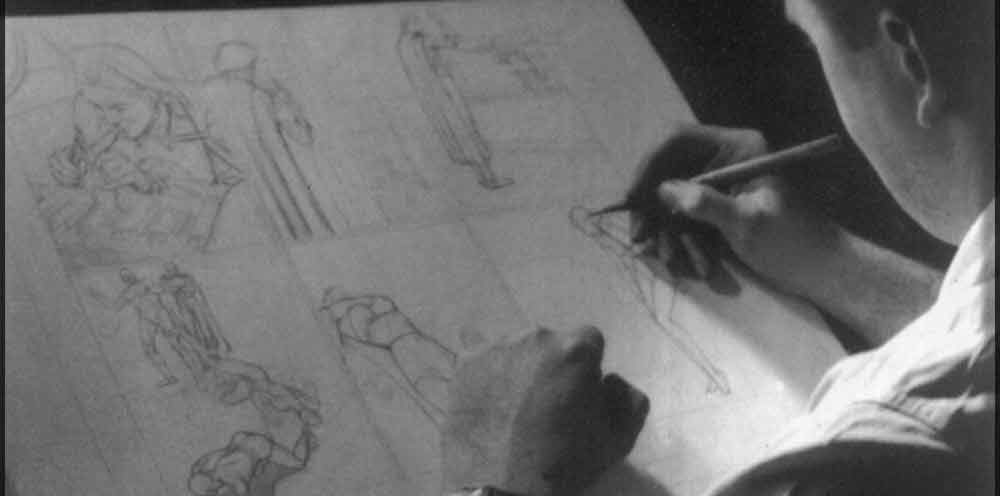
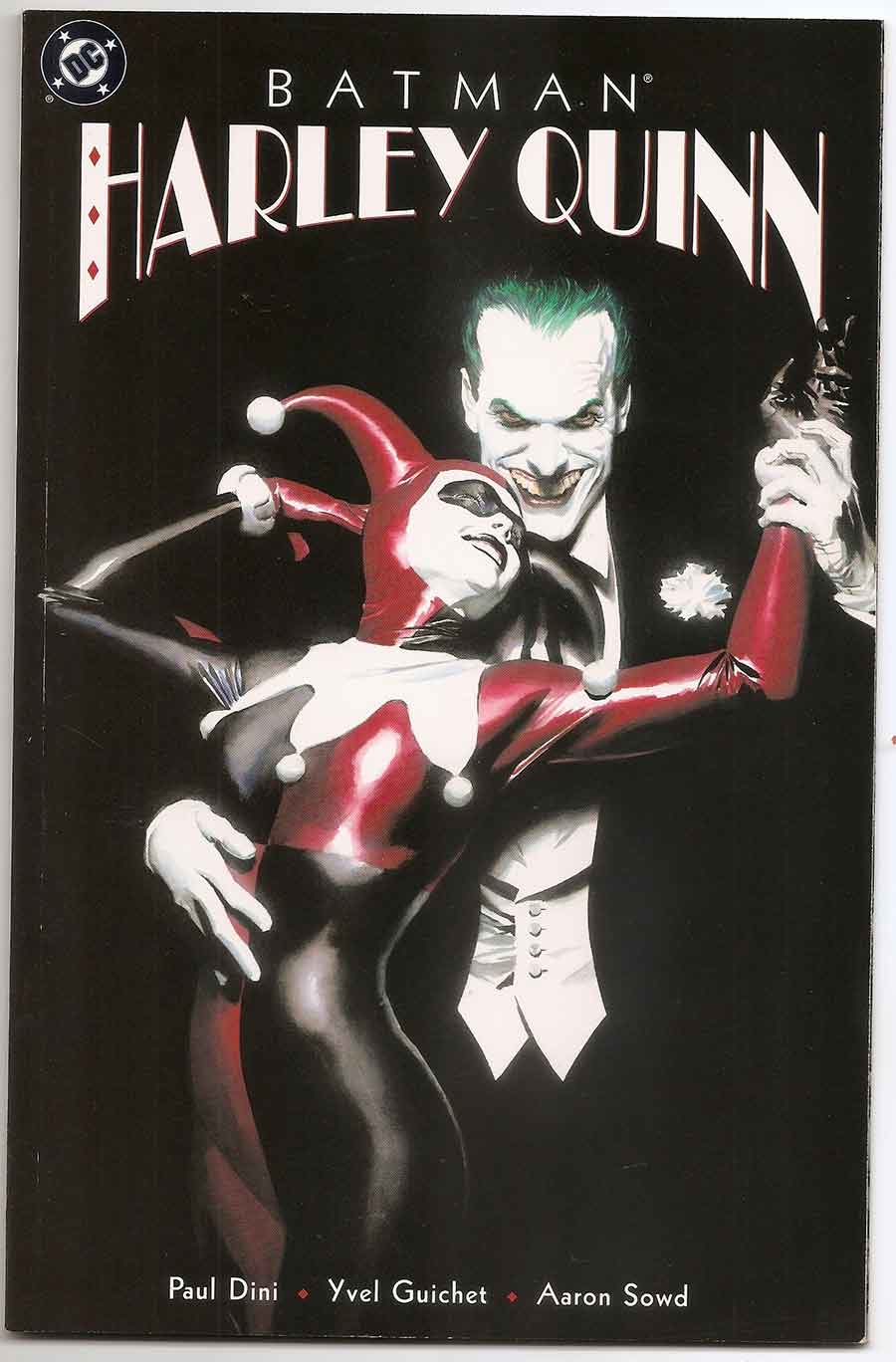
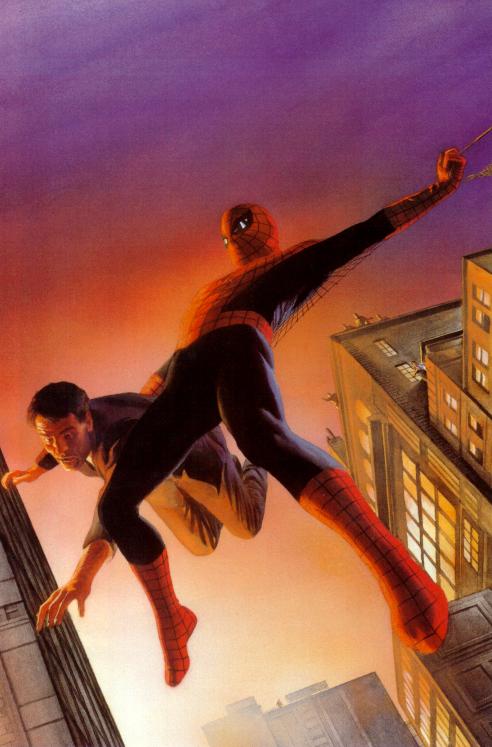
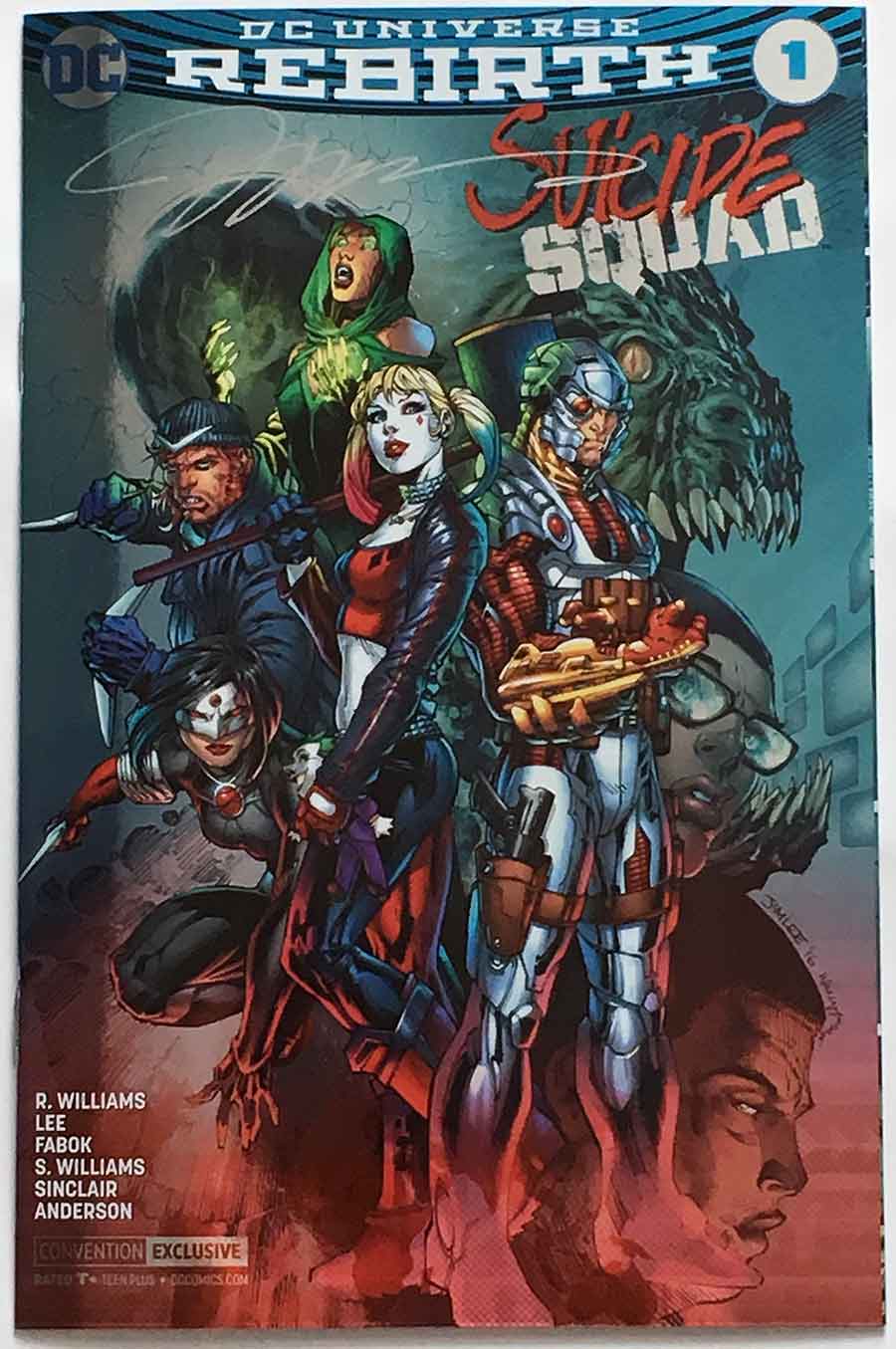
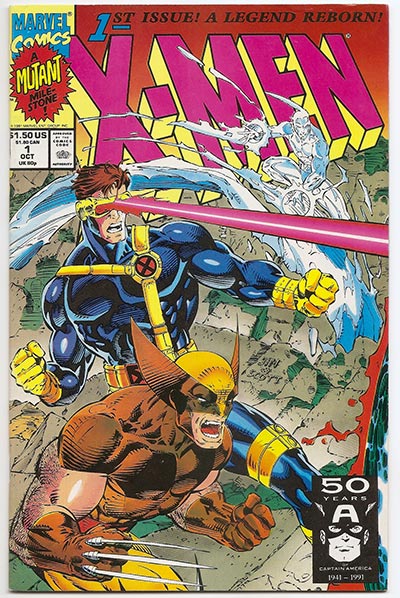
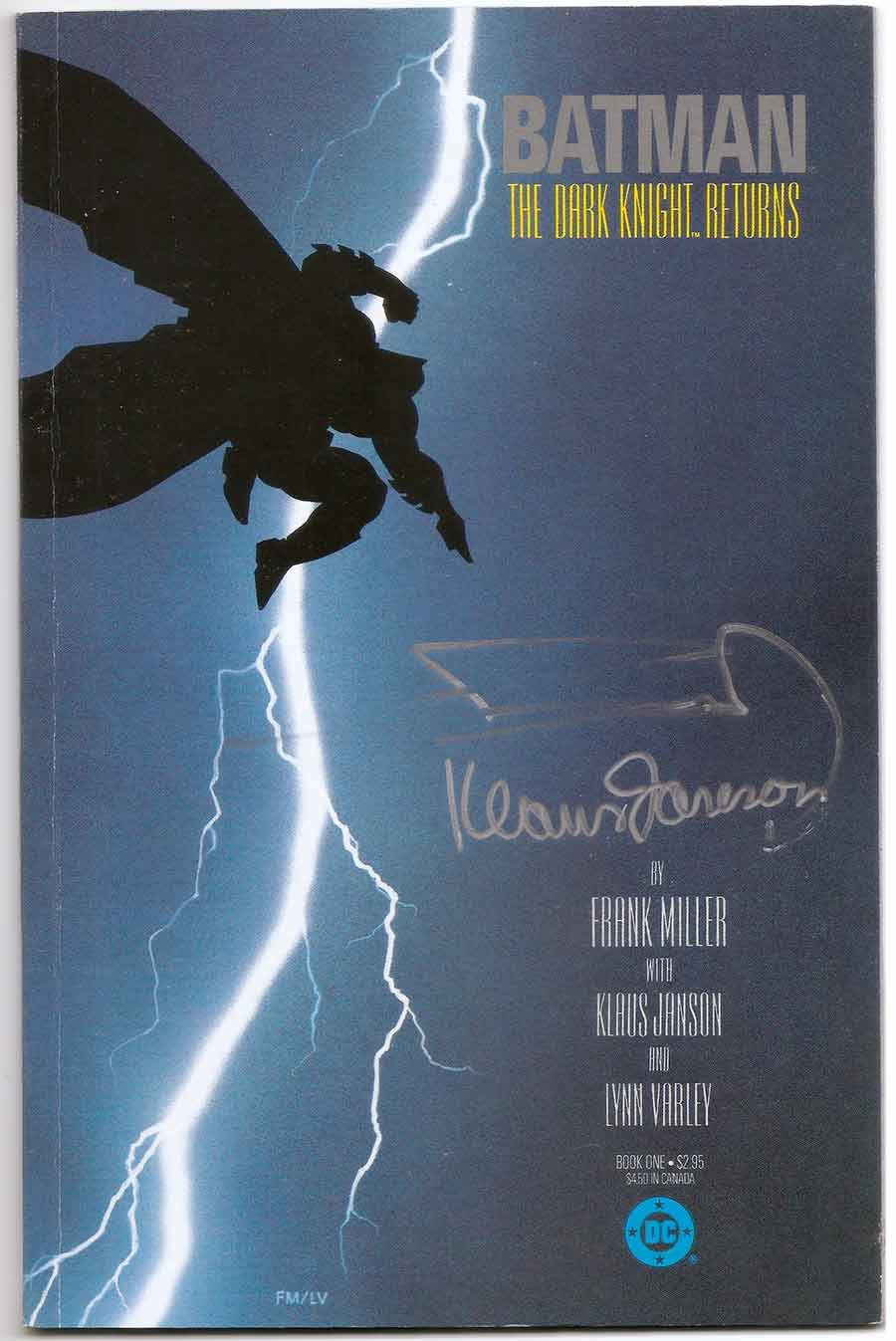
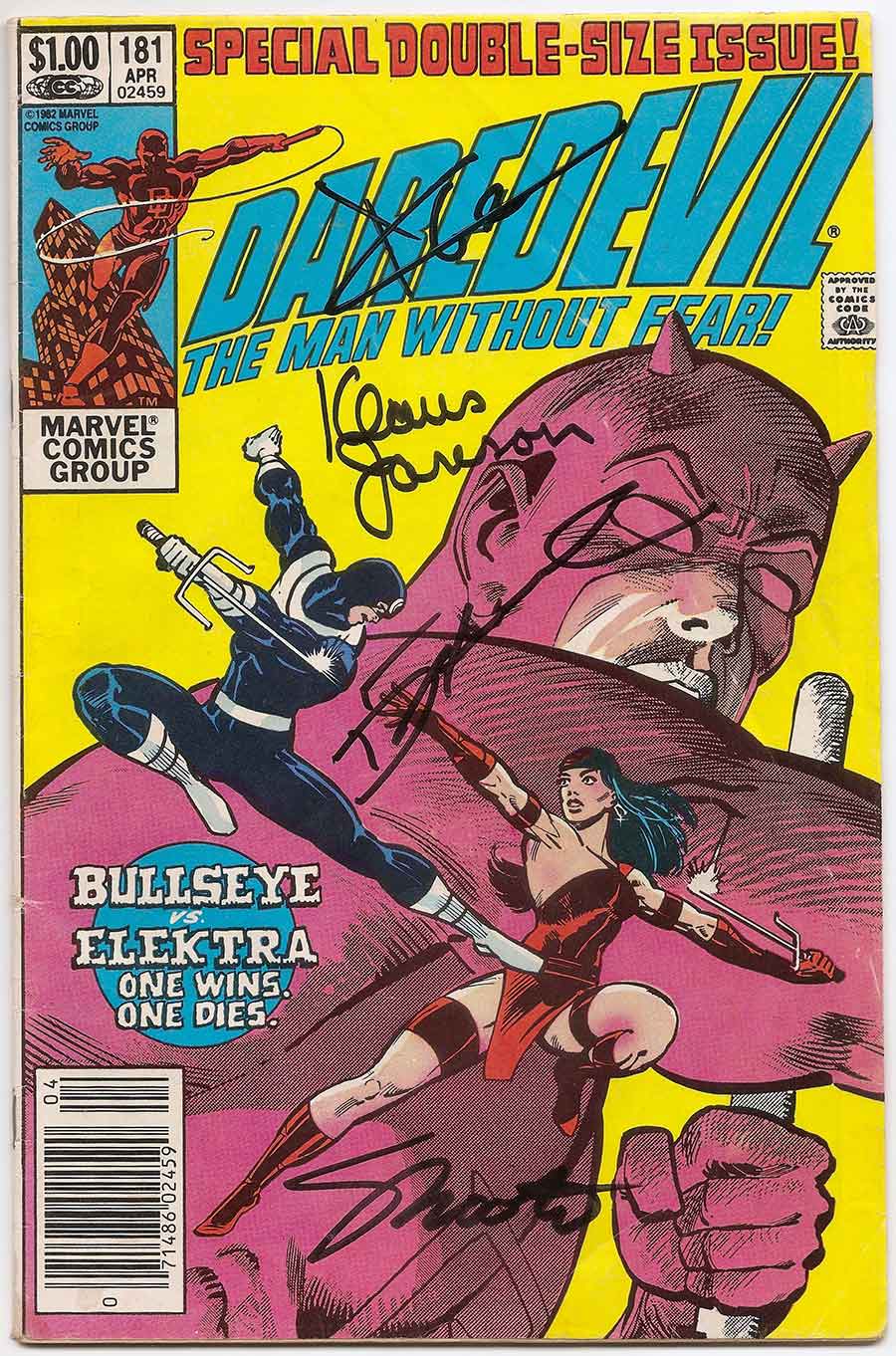
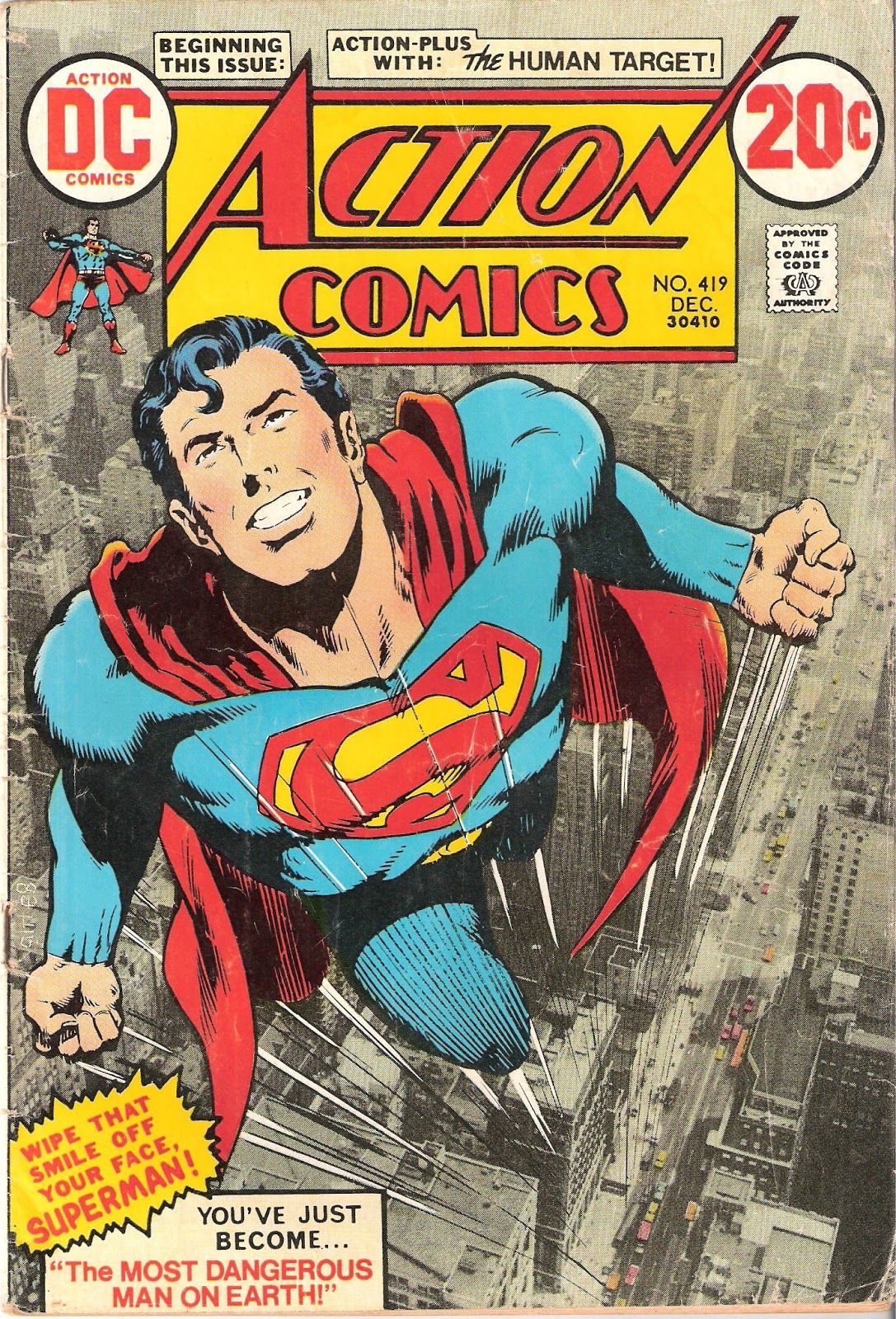
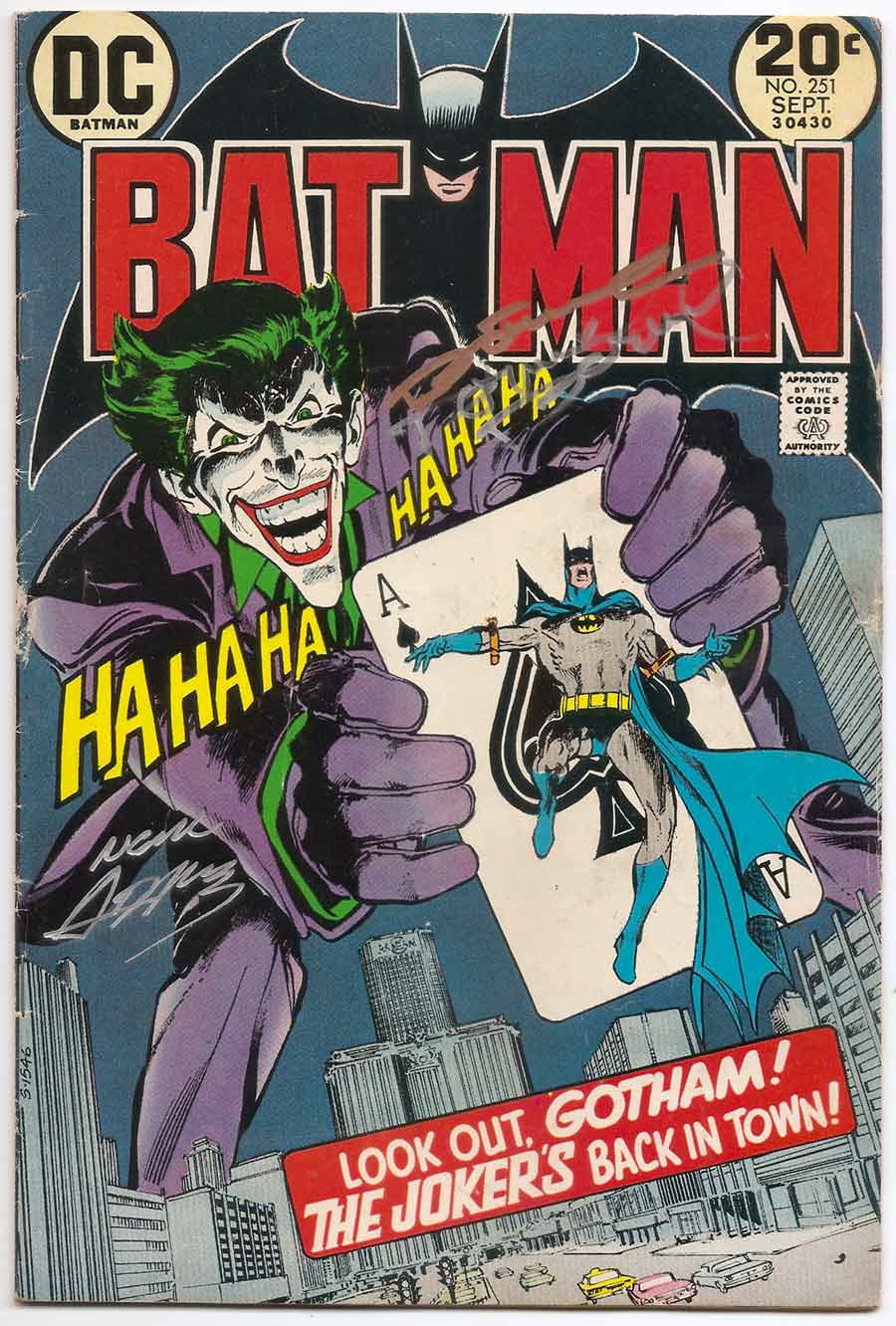
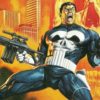
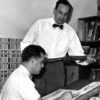






Leave a reply